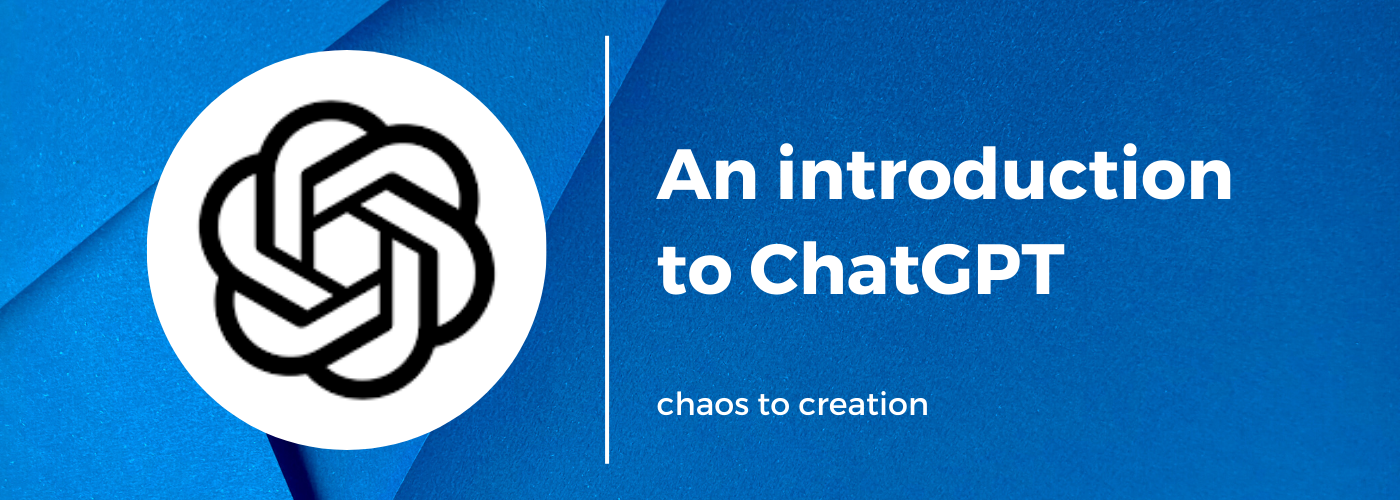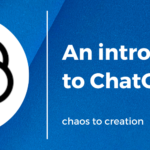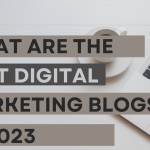Using ChatGPT, or Generative Pre-trained Transformer, which uses artificial intelligence, computers may mimic human discussions. It creates an interactive and interesting conversational experience with a user using machine learning algorithms and natural language processing (NLP). Chat GPT can be used for customer service, personal assistant applications, automated customer support, and more. By understanding user intent and context, Chat GPT can provide accurate and personalised responses to user inquiries.
ChatGPT is a cutting-edge language generation model that OpenAI is constantly updating and improving. Here are a few ways in which the ChatGPT tool may continue to evolve in the future:
1. Increased Accuracy:
As more data is collected and the model is fine-tuned on specific tasks, the accuracy and coherence of the generated text are likely to improve. Multitask training provides advanced accuracy for Chat GPT, allowing models to learn better from multiple objectives and therefore speak more naturally. This year, expect to see more implementations of multitask training as businesses strive for higher accuracy levels and faster queries. Companies that leverage this trend will be able to gain an edge over the competition, leading to better customer experiences and improved chatbot accuracy.
2. Improved Scalability:
As the model is optimized for larger-scale language generation tasks, it will be able to handle more complex and larger inputs, making it more versatile. To stay competitive, businesses must utilize technology that reduces costs as much as possible. In 2023, expect to see improved scalability and reduced costs thanks to advancements in model optimization techniques. From distributed training and AutoML (machine learning) models to batching techniques and earlier dropping – these technologies provide a fast, scalable solution without breaking the bank. As a result, businesses of all sizes can enjoy more efficient implementations with lower costs.
3. Multi-Lingual Support:
OpenAI is working on models that support multiple languages, this will make ChatGPT more useful for businesses and individuals looking to communicate with people who speak different languages. To stay competitive, businesses need to make sure they are catering to customers worldwide. Chat GPT supports this by enabling multi-lingual support without requiring any extra effort on the customer’s part. This allows users to converse in their own language and GPT agents can effectively respond in whatever language they prefer, giving them a more personal experience. With the advancements in natural language processing expected in 2023, businesses should consider implementing multi-lingual support for their customers.
4. Improved Speed:
With more powerful hardware and optimized algorithms, the model will be able to generate text at a faster rate, making it more useful for real-time applications such as chatbots or dialogue systems. One of the key trends to watch out for in 2023 is the increased speed of natural language processing. The more quickly GPT agents can process user utterances and respond, the better customer experience it can offer. This will enable businesses to use chatbots on multiple channels such as websites, apps, and social media platforms to increase their customer service reach. Additionally, these advancements will also allow for more complex dialogue tracking capabilities so that chatbot conversations are smoother, resulting in higher customer satisfaction.
5. More Specific Use Cases:
As the model is fine-tuned on specific tasks and domains, it will become increasingly specialized, making it more useful for specific use cases. With the increased speed of natural language processing in chat GPT, businesses will be able to take advantage of more specific use cases. For example, customer service agents will be able to quickly access and respond to frequently asked questions from customers as well as more difficult queries by looking up customer knowledge databases and customer-specific data generated from back-end systems and AI algorithms. This can enable instant customer service 24/7 and automate large parts of the process to minimize cost.
6. Improved Interpretability:
With ChatGPT, artificial intelligence can now interpret natural language more accurately than before. This improved interpretability means that developers can use the same AI technology to create more complex and sophisticated conversational experiences. By taking into account the context of conversations and user behaviors, ChatGPT’s advanced capabilities enable bots to recognize even subtle nuances in language and respond appropriately. By interpreting user intentions more accurately, the technology could become an invaluable asset for creating robust AI-powered chatbots for many different applications.
7. Compatibility With Other Technologies:
ChatGPT is designed to easily integrate with existing conversational solutions, such as bots and virtual assistants. As a result, developers are able to quickly enhance their existing bot solutions with the technology without requiring extensive development resources or time. This compatibility makes it easier for companies to build on their existing solutions and create unique AI-powered chatbots that can understand and react to user needs in real-time.
8. Security And Privacy:
ChatGPT provides a secure and private space for conversations. It uses AI to detect malicious content, spam, and censorship to offer a safe environment free from interference or manipulation. Additionally, ChatGPT does not store personal data or transmit it to any third party. All communication with users is encrypted and stored locally in order to protect the privacy of users at all times.
How Does The ChatGPT Tool Work?
ChatGPT is an effective language generation model that may be applied to a range of NLP applications, such as:
1. Generating Text:
ChatGPT may produce text that appears human. This can be used for writing, content creation, and other applications.
2. Dialogue Generation:
ChatGPT can generate responses in a conversation-like manner, making it useful for building chatbots and virtual assistants.
3. Language Translation:
ChatGPT can be fine-tuned for language translation tasks, which can be useful for chatbot or customer service applications.
4. Text Summarization:
ChatGPT can be fine-tuned for text summarization tasks, which can be useful for news articles, long documents, and other texts.
5. Text Classification:
ChatGPT can be fine-tuned for text classification tasks, which can be useful for sentiment analysis, intent recognition, and other NLP applications.
6. Question Answering:
ChatGPT can be fine-tuned for question-answering tasks, which can be useful for chatbots and customer service applications.
7. Text Completion:
ChatGPT can be fine-tuned for text completion tasks, which can be useful for predictive text input and other applications.
It is important to note that, the quality of the output depends on the quality of the data you use to fine-tune the model, the amount of fine-tuning, and the specific use case.
Chat GPT’s Benefits For Businesses
1. Cost Savings:
Offering assistance and customer care using Chat GPT may be done very affordably. With Chat GPT, businesses can reduce the number of customer service representatives needed to handle customer inquiries, which can help to reduce overhead costs.
2. Enhanced Efficiency:
Chat GPT can assist organizations in providing prompt and effective customer service. With Chat GPT, businesses can quickly respond to customer inquiries without waiting for customer service representatives.
3. Better Customer Service:
Compared to conventional customer support approaches, Chat GPT can give clients a more customized experience. Chat GPT can help to provide customers with a more tailored response to their inquiries, which can help to improve customer satisfaction.
4. Increased Engagement:
Chat GPT can help to engage customers more interactively. Through Chat GPT, businesses can provide customers with a more engaging customer experience, which can help to improve customer loyalty.
5. Fast Response Times:
ChatGPT is capable of responding quickly to incoming messages, making it well-suited for real-time conversations.
6. Automated Conversation:
ChatGPT can autonomously generate conversation, reducing the need for manual intervention.
7. Natural Language Processing:
ChatGPT is capable of understanding natural language and responding in a way that is meaningful to users.
8. Scalability:
ChatGPT can be deployed in large-scale applications, making it ideal for enterprise-level applications.
Examples Of Ways To Utilize Chat GPT At The Workplace
1. Automate Customer Service:
Use Chat GPT to create an automated customer service chatbot that can answer questions and provide customer service 24/7.
2. Automate Interviews:
Use Chat GPT to create a chatbot that can conduct interviews and ask questions to applicants.
3. Create A Virtual Assistant:
Use Chat GPT to create a virtual assistant to help employees with tasks such as scheduling appointments, taking notes, and setting reminders.
4. Generate Reports:
Use Chat GPT to quickly generate reports based on data inputted into the system.
5. Answer Frequently Asked Questions:
Use Chat GPT to create an FAQ bot that can answer common questions asked by employees or customers.




